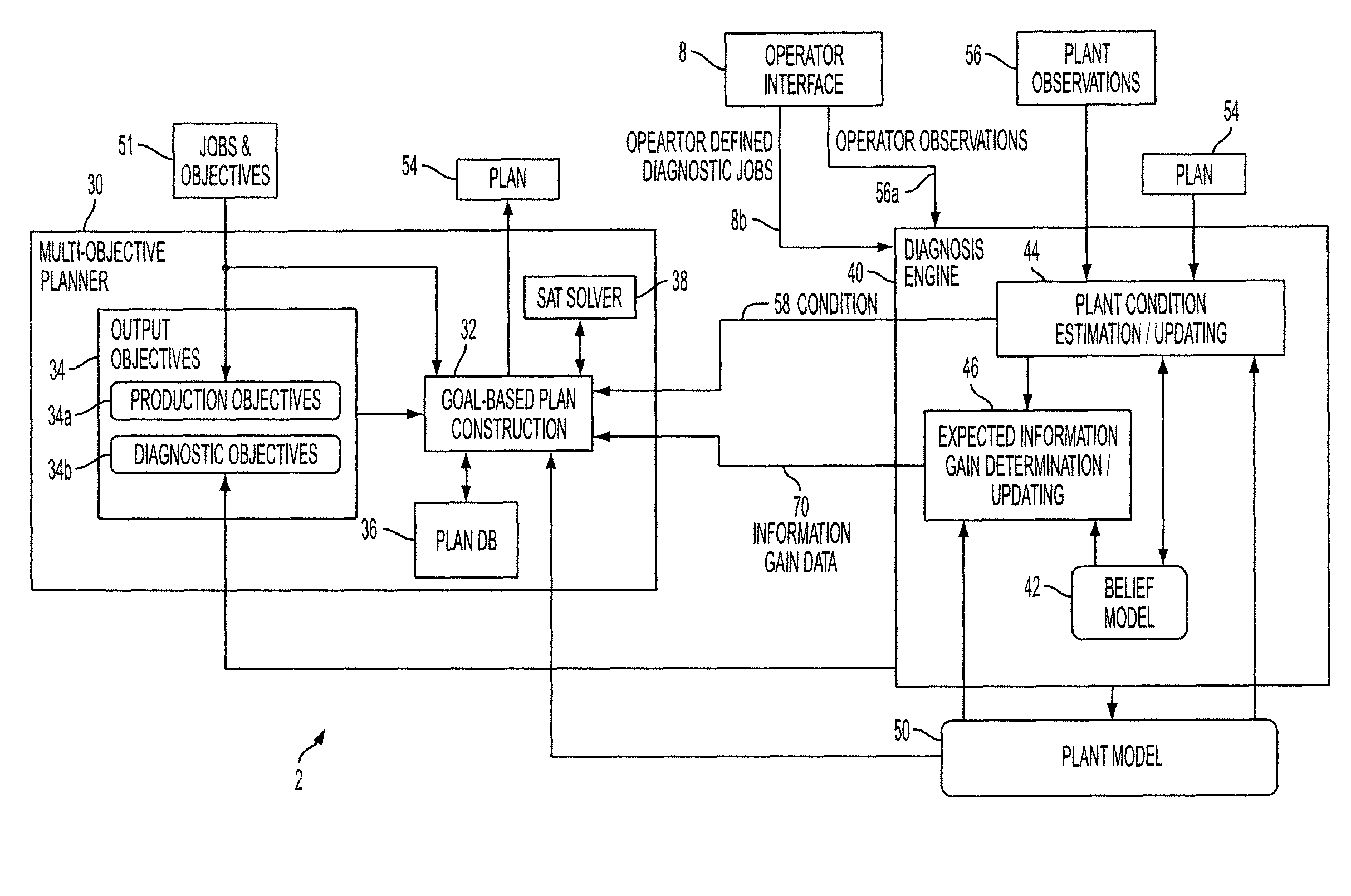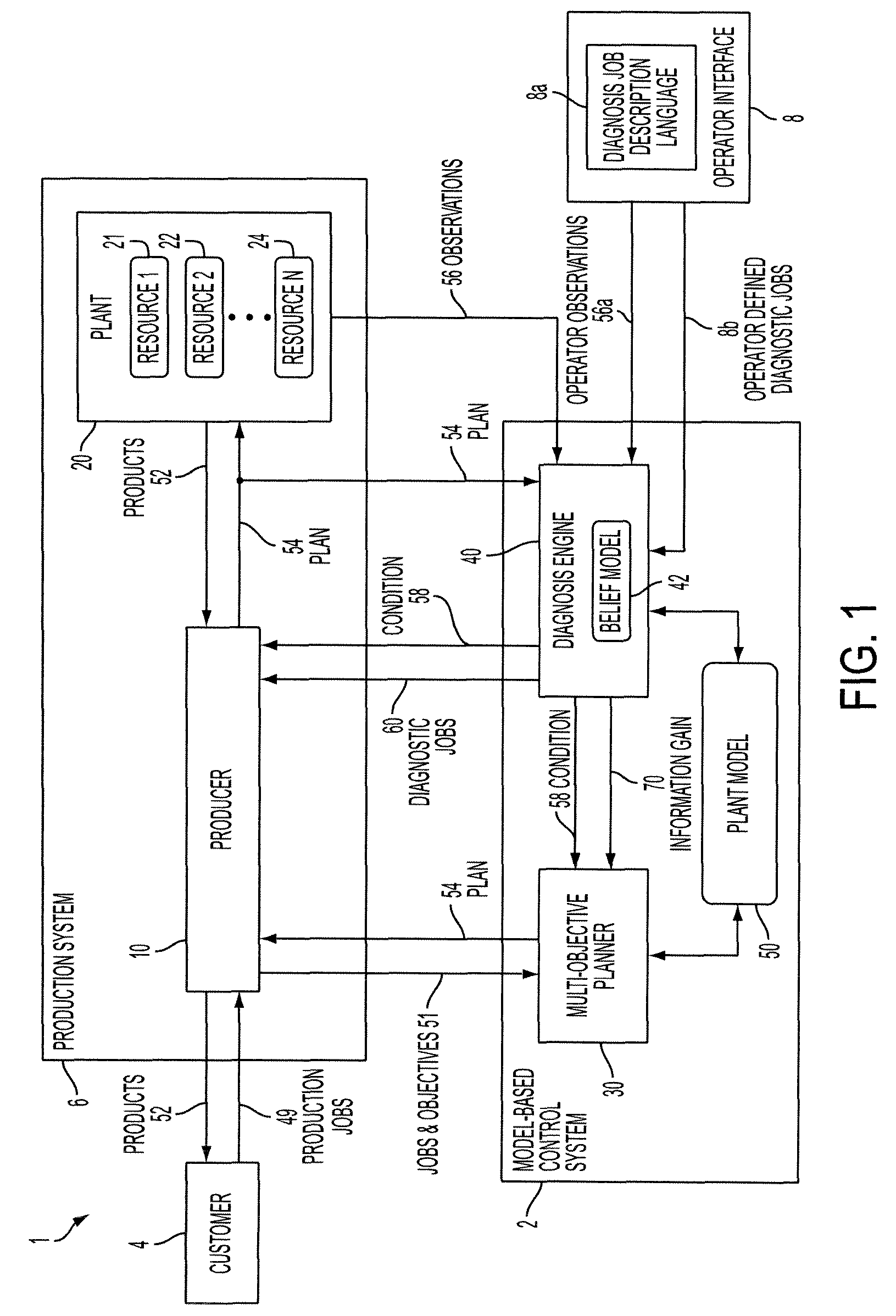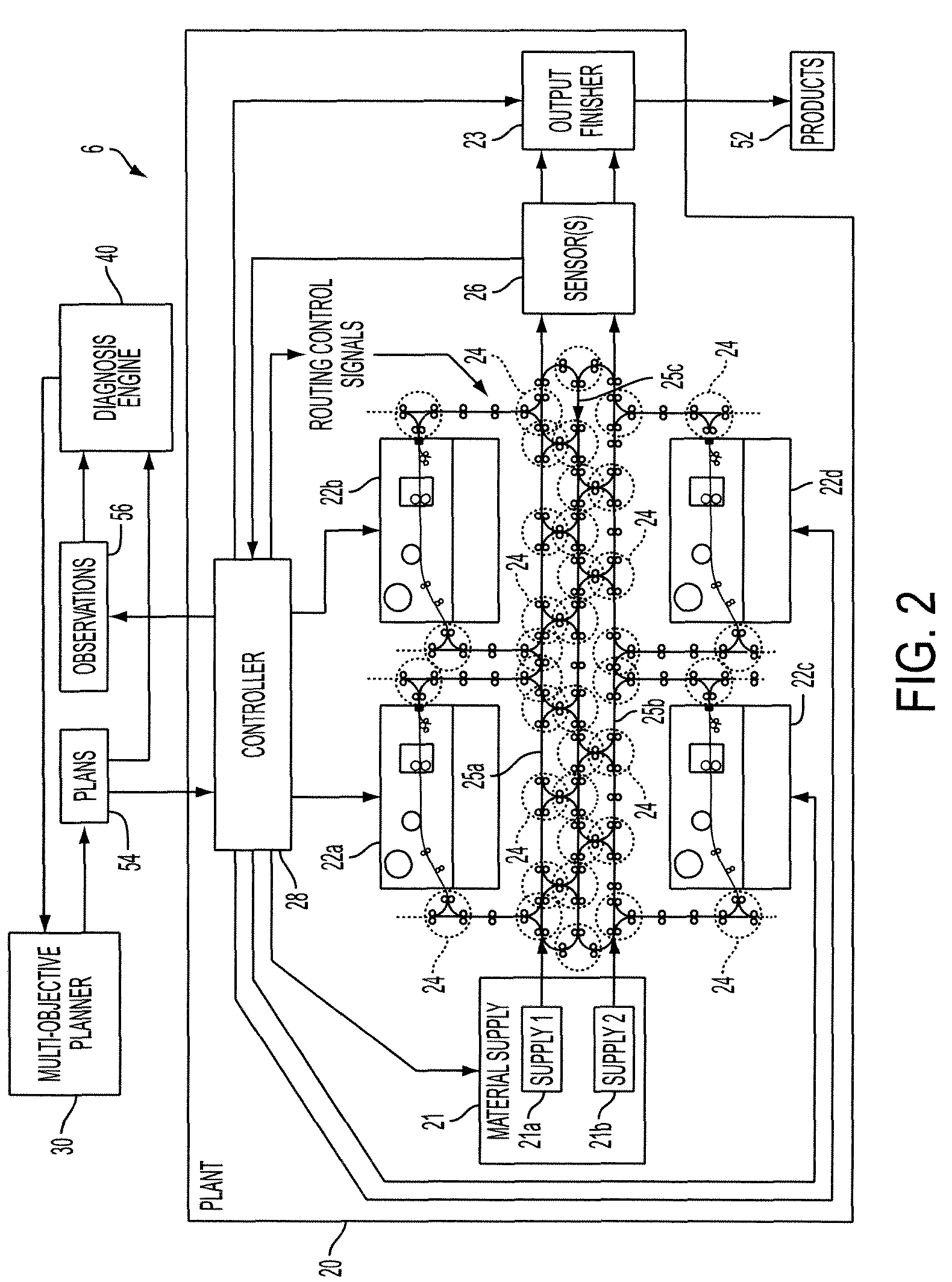Methods and systems for pervasive diagnostics
a diagnostic and system technology, applied in the field of automatic diagnosis and production, can solve the problems of high cost of short-term productivity reduction, insufficient regular production mode to provide adequate diagnostic information to improve long-term productivity, and inability to meet the needs of continuous improvement, etc., to achieve the effect of improving long-run production objectives, facilitating inclusion, and cost-effectiveness
- Summary
- Abstract
- Description
- Claims
- Application Information
AI Technical Summary
Benefits of technology
Problems solved by technology
Method used
Image
Examples
Embodiment Construction
[0018]Referring now to the drawing figures, several embodiments or implementations of the present disclosure are hereinafter described in conjunction with the drawings, wherein like reference numerals are used to refer to like elements throughout, and wherein the various features, structures, and graphical renderings are not necessarily drawn to scale. The disclosure relates to production systems generally and is hereinafter illustrated and described in the context of exemplary document processing systems having various printing and document transport resources. However, the concepts of the disclosure also find utility in association with product packaging systems and any other type or form of system in which a plurality of resources, whether machines, humans, software or logic components, objects, etc., may be selectively employed according to plans comprised of a series of actions to achieve one or more production goals based at least partially on one or more diagnostic metrics or...
PUM
 Login to View More
Login to View More Abstract
Description
Claims
Application Information
 Login to View More
Login to View More - R&D
- Intellectual Property
- Life Sciences
- Materials
- Tech Scout
- Unparalleled Data Quality
- Higher Quality Content
- 60% Fewer Hallucinations
Browse by: Latest US Patents, China's latest patents, Technical Efficacy Thesaurus, Application Domain, Technology Topic, Popular Technical Reports.
© 2025 PatSnap. All rights reserved.Legal|Privacy policy|Modern Slavery Act Transparency Statement|Sitemap|About US| Contact US: help@patsnap.com



